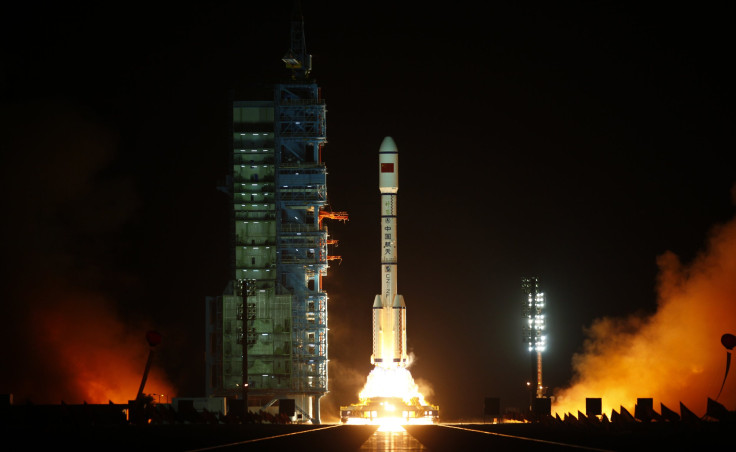Tiangong-2 Launch Live Stream: Watch China’s Space Lab Take Off

On Thursday night, China will send its second Earth-orbiting satellite laboratory into space. Tiangong-2 will take off from the Jiuquan Satellite Launch Center in the country’s northwest Gansu province nine seconds after 10:04 p.m. local time (10:04 a.m. EDT).
The announcement of the exact time was made Wednesday by China Spaceflight on its Twitter page. A live stream of the event is also available on Weibo, China’s own Twitter-like microblogging website.
The space lab being launched Thursday makes improvements over its predecessor, Tiangong-1. According to CCTV America, the U.S. arm of the Chinese state broadcaster, some of these include the ability for astronauts to stay onboard for up to 30 days, refueling of propellant while in orbit, and a range of new experiments. A cold atom space clock that measures time with the estimated precision of more than a trillionth of a second will also be in the lab.
Wu Ping, deputy director of China Manned Space Engineering Office, said: “The main purpose of launching Tiangong-2 space lab is to receive the visit of the Shenzhou 11 manned spacecraft and to accomplish a medium-term stay of the astronauts.” The Shenzhou 11 mission is scheduled for mid-October.
The satellite, which will launch on an indigenously built Long March 2F rocket, will enter a steady orbit at a distance of about 244 miles from Earth’s surface.
Tiangong is the Chinese word for heavenly palace.
© Copyright IBTimes 2025. All rights reserved.





















